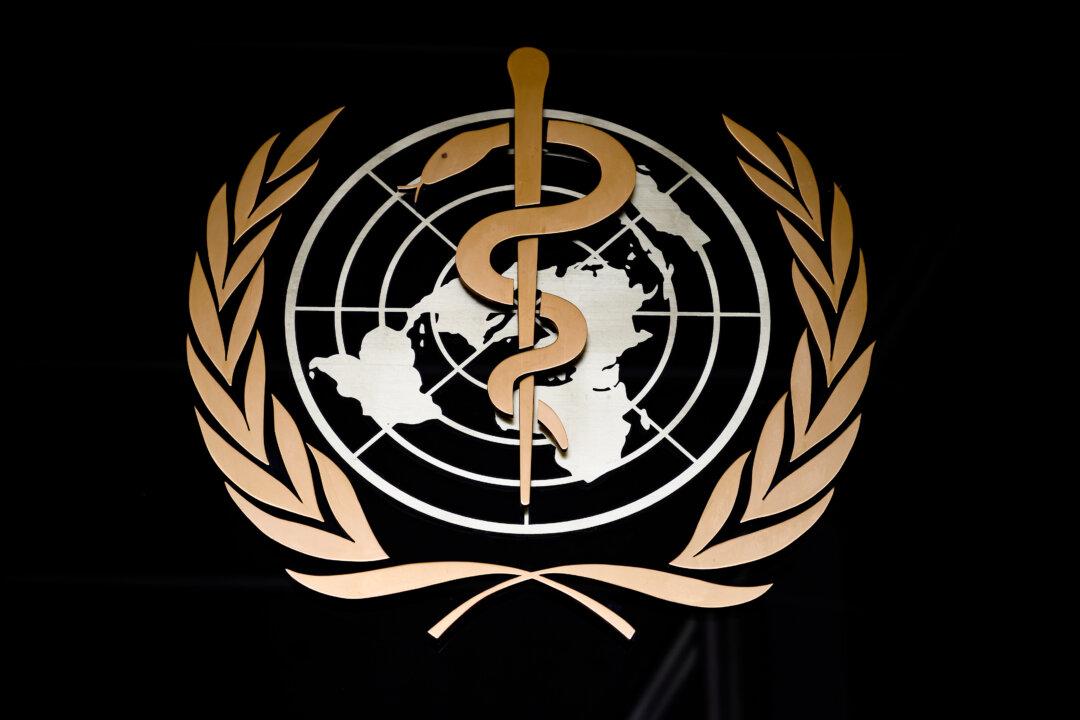Explainer
Following three years of negotiations, the World Health Organization (WHO) has formally adopted a legally binding agreement aiming to improve member countries’ pandemic preparedness and response.

Following three years of negotiations, the World Health Organization (WHO) has formally adopted a legally binding agreement aiming to improve member countries’ pandemic preparedness and response.